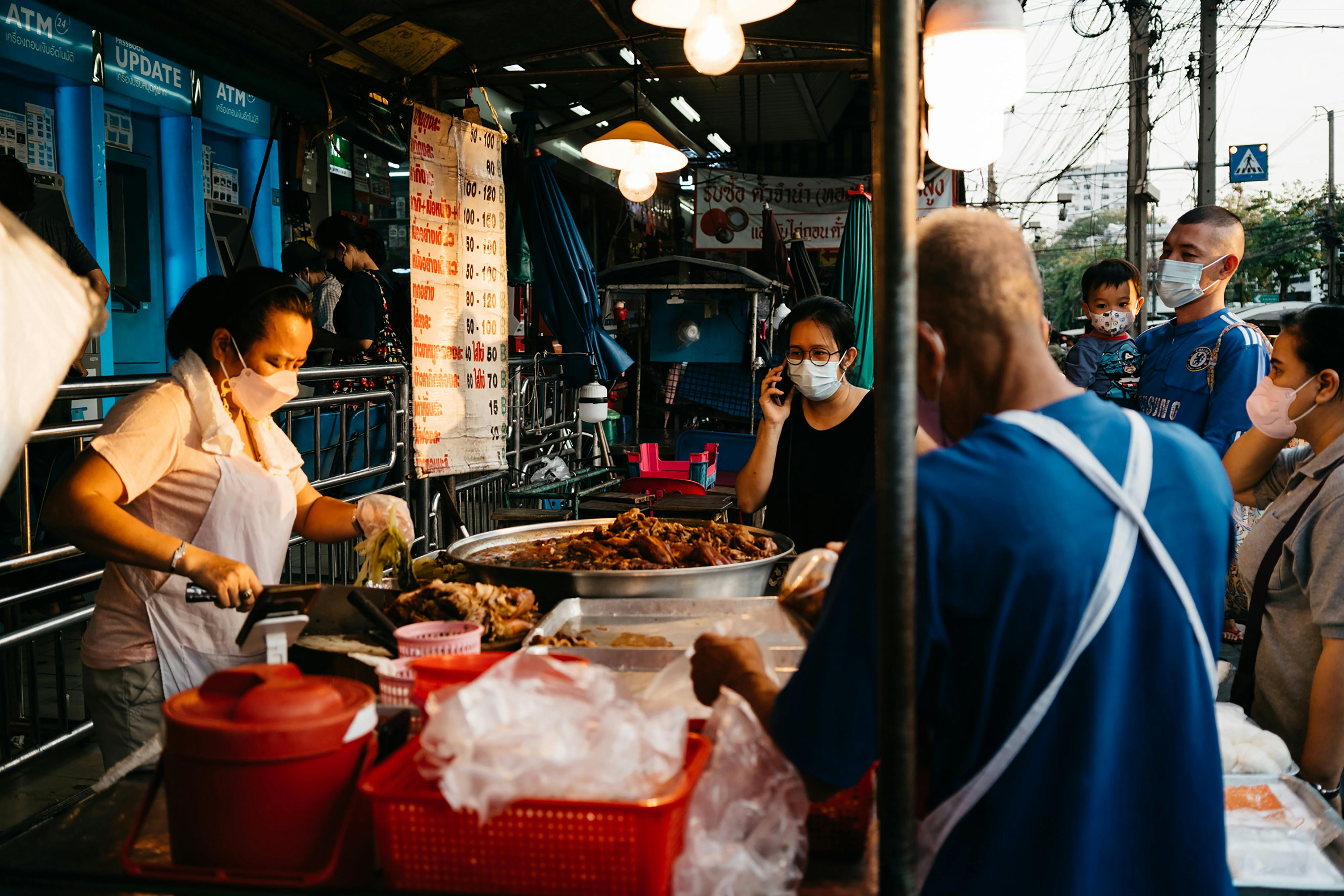Understanding Expat Visa Paperwork Support in Thailand
Navigating the Thai visa system can be daunting, even for experienced travelers. The sheer volume of paperwork, the specific requirements for different visa types, and the potential for delays can be overwhelming. Many tourists find themselves lost in a sea of forms, unsure where to even begin. This is especially true for those seeking long-term stays or work permits.
This guide aims to simplify the process, providing a step-by-step approach to understanding and completing your visa application. While we can’t provide legal advice, we can offer practical guidance based on current regulations (as of 2025).
Requirements and Documentation: What You Need
The necessary documents vary significantly depending on the type of visa you’re applying for. However, some common requirements include:
- A valid passport with at least six months of validity remaining.
- Completed visa application form (available online or at the embassy/consulate).
- Passport-sized photographs meeting specific requirements (check the embassy website for details).
- Proof of sufficient funds to support your stay (bank statements, proof of employment).
- Proof of accommodation (hotel bookings, rental agreement).
- Return or onward travel ticket.
For specific visa types (e.g., work permits, retirement visas), additional documentation will be required. Failing to provide all necessary documents will lead to delays or rejection of your application.
Specific Visa Type Requirements
Let's look at a common example: the Non-Immigrant Visa (Type B). This visa is popular among those who plan to work or study in Thailand. In addition to the general requirements, a Non-Immigrant B visa will usually require a letter from your employer in Thailand or an acceptance letter from your university. You'll also need to provide details about your intended occupation and the duration of your stay.
Other visa types, like the Non-Immigrant O (retirement) visa, require different documents, focusing on evidence of sufficient financial means to support yourself without working in Thailand.
Step-by-Step Application Process
The application process can be broken down into these key steps:
- Research and choose the correct visa type: This is crucial. Applying for the wrong visa type will waste time and effort. Many resources are available online to help determine your eligibility.
- Gather all necessary documents: Double-check the requirements on the embassy/consulate website. Missing documents will cause delays. Make copies of everything!
- Complete the application form: Fill it out accurately and completely. Errors here can lead to rejection.
- Submit your application: You can usually submit your application either in person at the Thai embassy/consulate in your home country or, in some cases, through a designated visa processing center.
- Pay the visa fee: The fees vary depending on the type of visa and the country of application. Check the official website for up-to-date pricing.
- Wait for processing: This can take several weeks or even months, depending on the visa type and the embassy's workload. Be patient.
- Collect your visa: Once processed, you’ll need to collect your visa in person or have it sent to you. Keep your tracking number handy.
Common Mistakes to Avoid
Many applicants make preventable mistakes that delay or derail their applications. Here are some common pitfalls:
- Incomplete applications: Missing documents or inaccurate information are leading causes of rejection.
- Incorrect visa type: Applying for the wrong visa type leads to significant delays.
- Poorly organized documents: Submitting a disorganized application makes the process harder for the embassy staff.
- Ignoring deadlines: Missing deadlines can lead to additional fees or rejection.
Addressing these issues upfront can significantly streamline the process. For complex situations, seeking assistance with visa application organization from a specialized service can be beneficial.
Timeline and Processing
The processing time for a Thai visa varies greatly. Expect delays, especially during peak seasons. Some visas may be processed within a few weeks, while others may take several months. The embassy/consulate’s website usually provides estimated processing times.
For those with tight deadlines, it's essential to apply well in advance. Unexpected delays can impact travel plans, and proactive planning can mitigate those risks.
Expert Tips and Recommendations
Here are some tips to help you navigate the Thai visa application process more smoothly:
- Start early: Begin the process well in advance of your planned travel dates to allow ample time for processing.
- Check the embassy website: The official website of the Thai embassy or consulate in your country is your most reliable source of information. It provides the most up-to-date requirements and procedures.
- Keep copies of everything: Make copies of all your documents, including your application form and supporting evidence. This provides a backup in case originals are lost or damaged.
- Stay organized: Keep all your documents neatly organized in a folder. This makes it easier to find things and helps prevent mistakes.
- Consider professional assistance: For complex visa applications or if you’re facing significant challenges, you may want to explore the support offered by specialized services to help navigate the process. They can often handle the intricacies of gathering and presenting documentation correctly. While it involves a cost, it can save significant time and stress.
Remember, the Thai visa application process can be complex. Taking the time to understand the requirements and follow these steps can greatly increase your chances of a successful application. While managing everything yourself is possible, for particularly intricate situations, seeking support from a dedicated service specializing in visa assistance can prove invaluable.
Need assistance with navigating the complexities of Thai visa applications? Schedule a consultation to discuss your specific requirements and explore how expert support can simplify the process.


